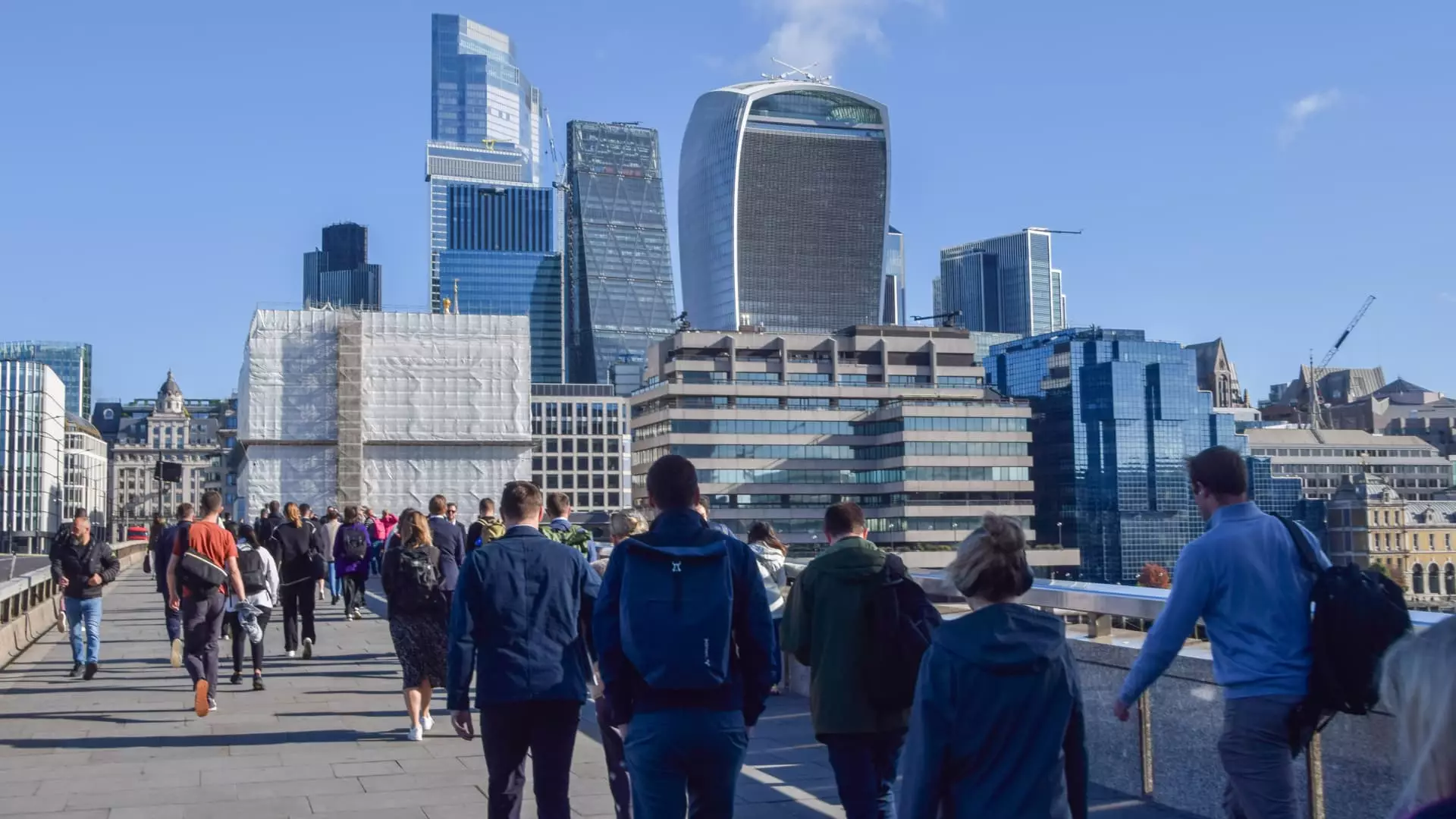The recovery of Europe’s office real estate market has been relatively lackluster since the pandemic-induced disruptions. Despite the overarching gloom, recent indicators show a promising shift, particularly led by the United Kingdom. In the first half of 2024, the U.K. office transactions surged, amounting to an impressive 4.1 billion euros (approximately $4.52 billion). This figure constitutes nearly 29% of Europe’s total office deals, a significant advancement from its five-year average of 24%. This upward tick stands out against a backdrop of continual decline across the broader European market, illustrating the unique resilience of the U.K. sector amid changing dynamics.
When juxtaposed with its European counterparts, the U.K. has demonstrated superior traction in office investment. France and Germany reported lower office transactions at 1.8 billion euros (13%) and 1.7 billion euros (12%) respectively, highlighting the disparity in market recovery. This trend can be attributed to various factors, including shifting market sentiments and anticipated adjustments in interest rates. With overall European office investments plummeting 21% year-on-year, it is evident that the U.K.’s growth is not merely an isolated incident but rather a reflection of its proactive engagement with evolving conditions.
Beneath these surface-level changes lie deeper economic influences. A combination of the post-COVID workplace transformation and rising interest rates has contributed to a significant decline in European office investments. Soaring interest has dampened liquidity, causing market participants to be more judicious in their dealings. Nevertheless, there is growing conviction among industry insiders that a resurgence is imminent, particularly as interest rates are projected to decline further.
Mike Barnes, Savills’ associate director of European commercial research, noted that while transactional data reflects past market sentiments, the optimism surrounding future indicators remains strong. Analysts anticipate enhanced activity as the year progresses, especially from September onward, as investors may find themselves more willing to engage with appealing pricing opportunities.
The capital city, London, is emerging as the linchpin in this revival of the office market. Following the market peak of 2022, the U.K. real estate sector was among the first to feel the effects of contraction. However, clarity brought about by a stable government post-general election and the Bank of England’s rate cuts have re-energized the landscape. As highlighted by Kim Politzer, head of European real estate research at Fidelity International, London’s ability to recalibrate its pricing swiftly and significantly has allowed it to lead the recovery surge effectively.
As a result, average annual office yields in London have risen above 6%, a rate significantly higher than that in other major cities like Paris and Berlin. This advantage is attracting considerable interest from real estate investors, as the prospects of higher yields become more palpable.
Beyond the U.K., other European regions like Ireland and the Netherlands are showing early signs of recovery, often mirroring U.K. trends. Solid economic growth and rising occupancy rates in southern European nations such as Spain, Italy, and Portugal underscore a regional optimism that contrasts starkly with political turbulence in France and Germany. Here, challenges arise as there remains a notable “gulf in price expectations” between buyers and sellers.
This discord creates an environment of illiquidity that continues to stymie full recovery in these markets. The ongoing refinement in pricing could pave the way for smoother transactions moving forward.
Office occupancy rates present another critical area of focus for investors. While European markets have fared better than their U.S. counterparts regarding workplace return (with vacancy rates of 8% in Europe versus 22% in the U.S.), challenges remain. The statistics reveal a 17% decrease in office take-up rates from pre-pandemic averages, suggesting limited expansion or even a propensity for downsizing from tenants.
However, new data has emerged indicating a potential shift in this trend. Many companies now report average office utilization rates between 41% and 80%, an improvement that positions the market on a stable upward trajectory. As companies’ attendance forecasts show promising signs of increase, the demand for modern and functional office spaces, particularly within central business districts, has surged.
Navigating the post-pandemic office landscape also means responding to evolving demands for sustainable infrastructure. Tenants increasingly seek modern buildings equipped with advanced amenities and energy-efficient designs. Green office buildings, particularly those classified as Grade A, are becoming highly coveted. Burgeoning interest in these properties indicates a clear opportunity for landlords to command higher rents if their buildings meet sustainability standards.
As the urgency for green compliance intensifies across the U.K. and EU, the dearth of available Grade A office space augments its desirability, particularly among opportunistic investors. The projected constraints on development signal a forthcoming era where high-quality office spaces will thrive even as new constructions lag.
The U.K.’s leadership in revitalizing its office real estate market reflects not only local successes but also encourages confidence across Europe. As market dynamics evolve, strategic adaptations will define success in navigating the complex landscape of commercial real estate.

